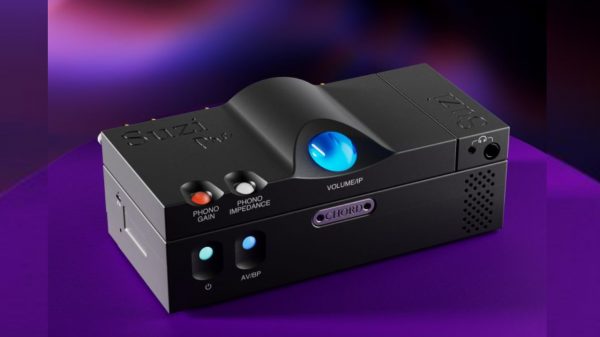Unprecedented hardware advancements have put powerful multi-core CPUs, multiple GPUs, fast memory and large hard drives within the reach of the power user. Yet the overall performance of a desktops and servers is often limited by the speed with which Windows and programs access files on the hard disk. Much of this bottleneck is attributed to fragmentation of files on the hard disk, which, if allowed to propagate unchecked, can bring even a high-end system down to its knees.
What exactly is disk fragmentation, and why should it concern the power user who demands the maximum performance from his expensive, cutting-edge hardware? In a nutshell, disk fragmentation occurs when a file is broken up into smaller fragments and placed in a physically non-contiguous manner on the disk platter. This can be due to file modification, deletion and creation which alters the file and space distribution on the platter resulting in fewer or smaller contiguous free spaces. If the read/write head of a hard disk has to traverse the platter in a non-sequential manner for collection (reading) or placement (writing) of file fragments, I/O operation time increases. The larger the file, worse is the impact of fragmentation. While faster hard drives may mitigate this to an extent, no Windows PC is immune from this phenomenon — even with speedy SCSI or SATA drives in RAID 0 arrays.
Power users desire to exploit the entire performance envelope of their hardware but fragmentation often makes this unachievable; consequently denying users the full performance and monetary value of their systems. Video encoding and editing, scientific computing and modeling are all processes that involve large file sizes, and hence severely affected by I/O delays.
Drive fragmentation is invariably increased over time with file modification, creation and deletion, but this recurring problem can be combated by defragmenting the hard drive regularly. Defrag rejoins file fragments and rearranges the files contiguously to reduce delays in I/O operations. While Windows includes a built-in defragmenter, it lacks the speed, options and flexibility of operation demanded by power users whose time is valuable.























